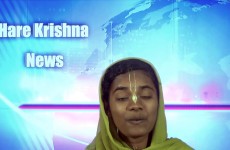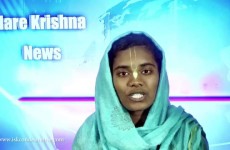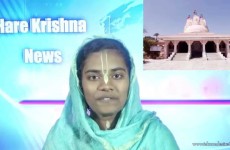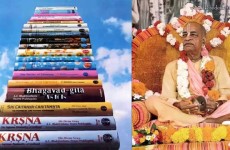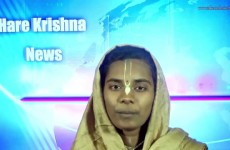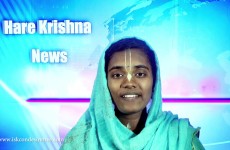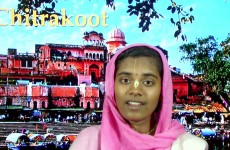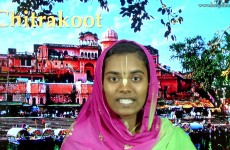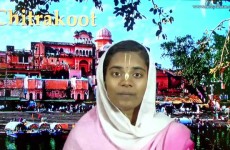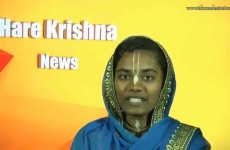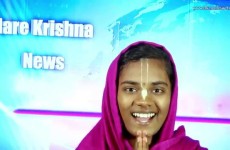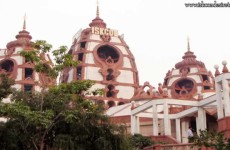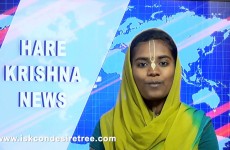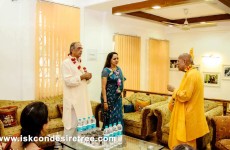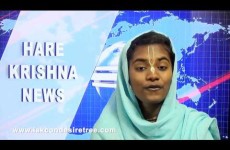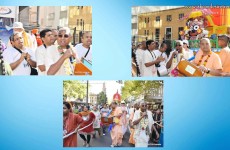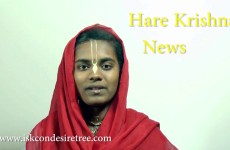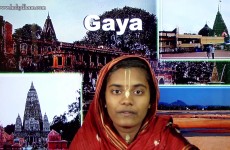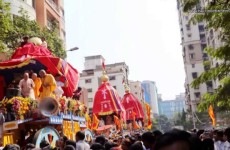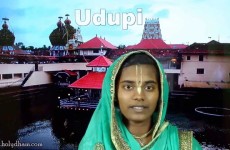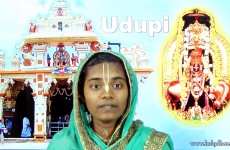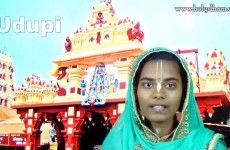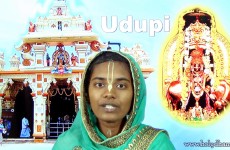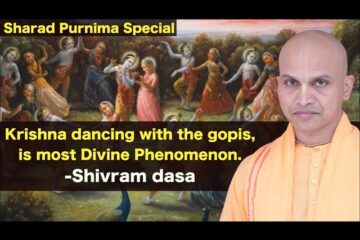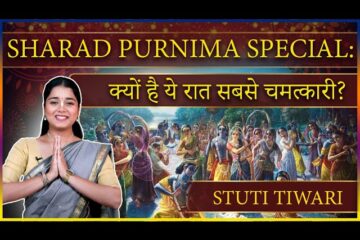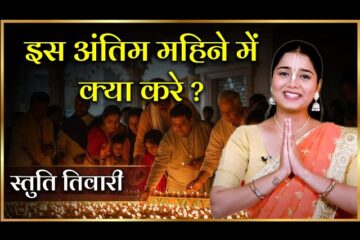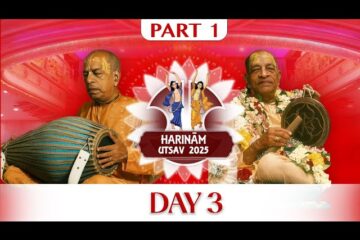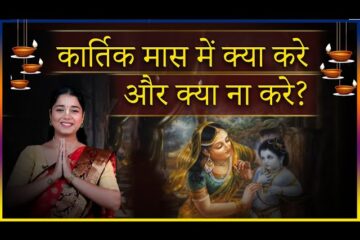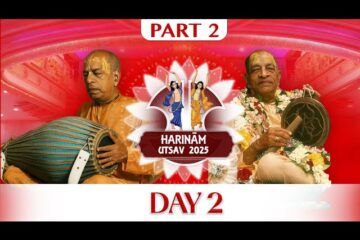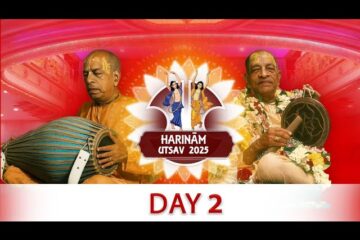Life of Madhvacharya
For twelve years Madhyageha Bhatta would regularly travel the eight miles north from his village of Belle to Udipi. There at the Ananteshvara temple he would pray for a son. One day a devotee in a trancelike state climbed the temple flagpole and announced that to reestablish the purest principles of religion, a male child, an incarnation of Vaayu, the demigod in charge in air, would soon be born. Madhyageha understood within his heart that this would be his own child. Soon his wife, Vedavati, gave birth to a son. The happy couple named him Vaasudeva.
From infancy Vaasudeva showed extraordinary intellect, so much so that he was given brahminical initiation at age five, three years early. Whatever he heard of read, even just once, he could remember. His body was unusually strong, lustrous, and beautiful. At age eleven, Vaasudeva left home for Udipi, to live with Acyutapreksha, an ascetic widely respected for his scholarship and saintly character. After one year, despite strong protest from his father, Vaasudeva renounced the world. Acyutapreksha named him Purnaprajna.
Less than forty days after taking sannyaasa, Purnaprajna defeated Vaasudeva Pandit, a famous wandering scholar, in a public debate. The Pandit was known for his hair-splitting dialectical ability, but he was no match for young Purnaprajna. The Pandit spoke for three days and then dared anyone to refute his conclusions. Purnaprajna shocked the crowd when he accepted the issues, he repeated almost verbatim the Pandit’s arguments. Then, one by one, he smashed them all. His victory was the talk of Udipi. Acyutapreksha gave him the title AAnandatirtha, in recognition of his mastery of Vedaanta.
Word spread far and wide about the debating skill of the young ascetic in Udipi. Challengers and admirers converged on the town. Buddhisaagara and Vaadisiàha, two Buddhist monks who had converted many to their fold, challenged Anandatirtha. After a day-long skirmish, they promised to return the next day. That night, however, they secretly fled from Udipi.
Anandatirtha went on a tour of South India. The most notable events on this tour were two encounters with Vidyaashankara Svaami, the lineal successor to Shripaada Shankaraacharya, who was the original propounder of the monistic theory of the Absolute Truth. Some basic tenets of Shankaraacharya’s philosophy are as follows: God and the soul are identical; the formless, senseless, impersonal Absolute is the only reality; all else is illusion; and the incarnations of God are all products of illusion. Anandatirtha was thoroughly familiar with this doctrine, so he knew all its weak points. With firmness and courage he challenged the venerated Vidyaashankara, and a fierce debate ensued. Vidyaashankara could not defeat his opponent, yet he refused to accept defeat. They met again, in Rameshvaram, during the monsoon season, at which time Vidyaashankara taunted and harassed Anandatirtha. But the young saint tolerated the abuse.
On his return journey, while addressing an assembly of learned men, Anandatirtha stated that every Vedic utterance conveyed a triple meaning, that each verse of the Mahaabhaarata had ten meanings, and that each of the thousand prominent names of Lord Vishnu had a hundred meanings. When the astonished assembly demanded he prove his statement, AAnandatirtha explained a hundred meanings of Vishva, the first name of Vishnu. Before he could proceed further, however, they begged him to stop, admitting they didn’t have the intelligence to comprehend his elaborate explanations.
Back in Udipi, Anandatirtha, who was now known as Madhva, wrote a commentary on the Bhagavad-gitaa and gave a copy to Acyutapreksha for his approval……..
To know further, kindly visit – http://holydham.com/udupi-dham/














